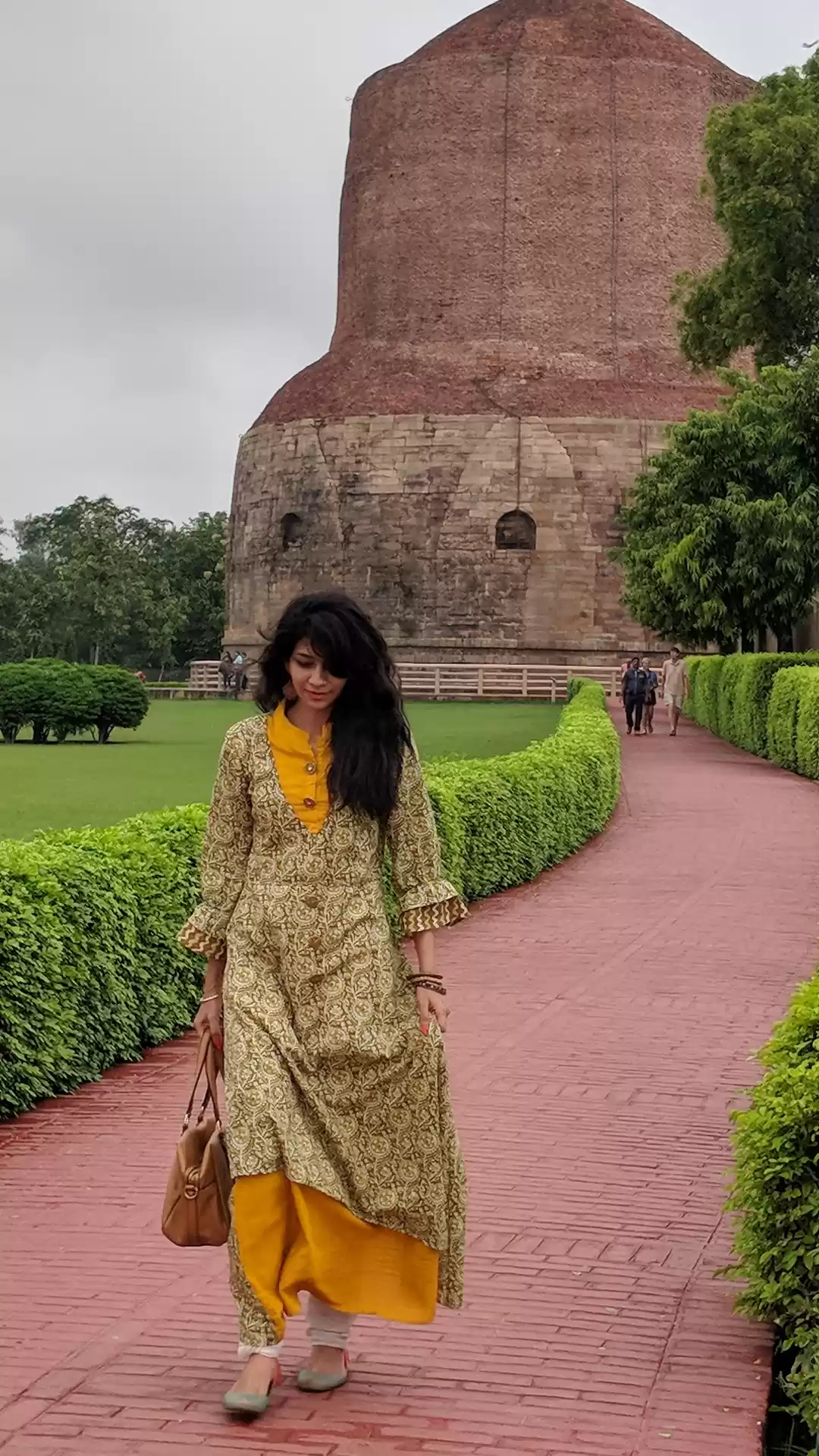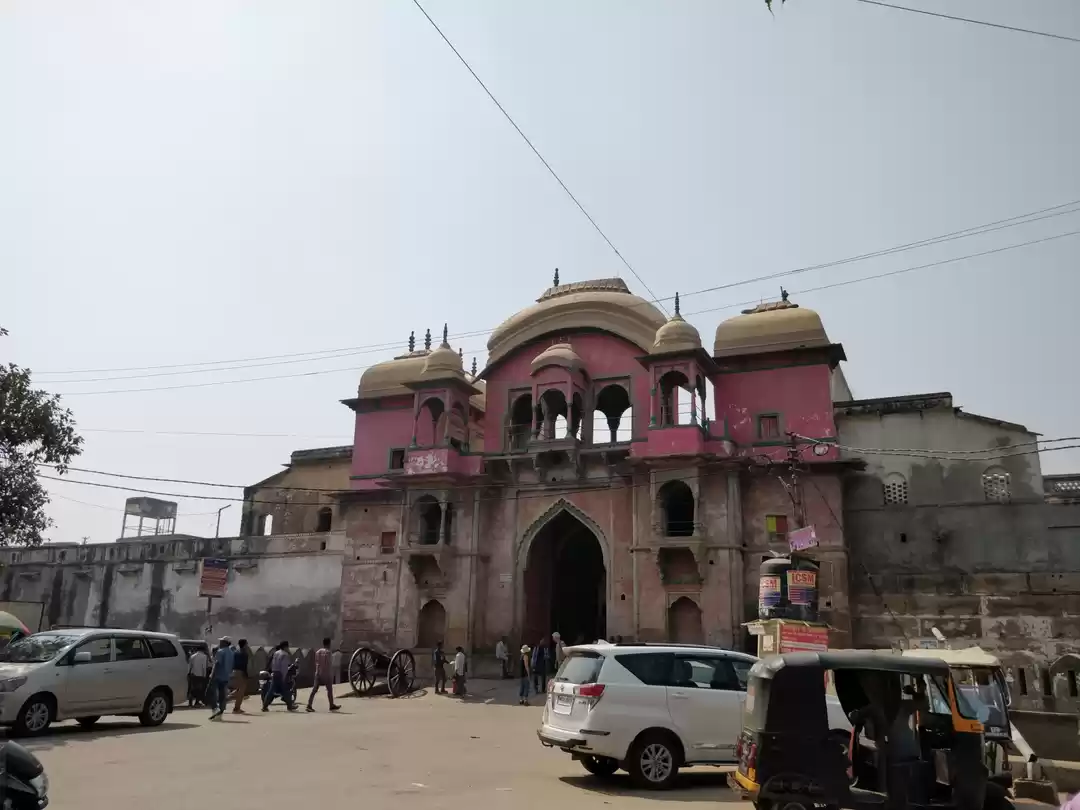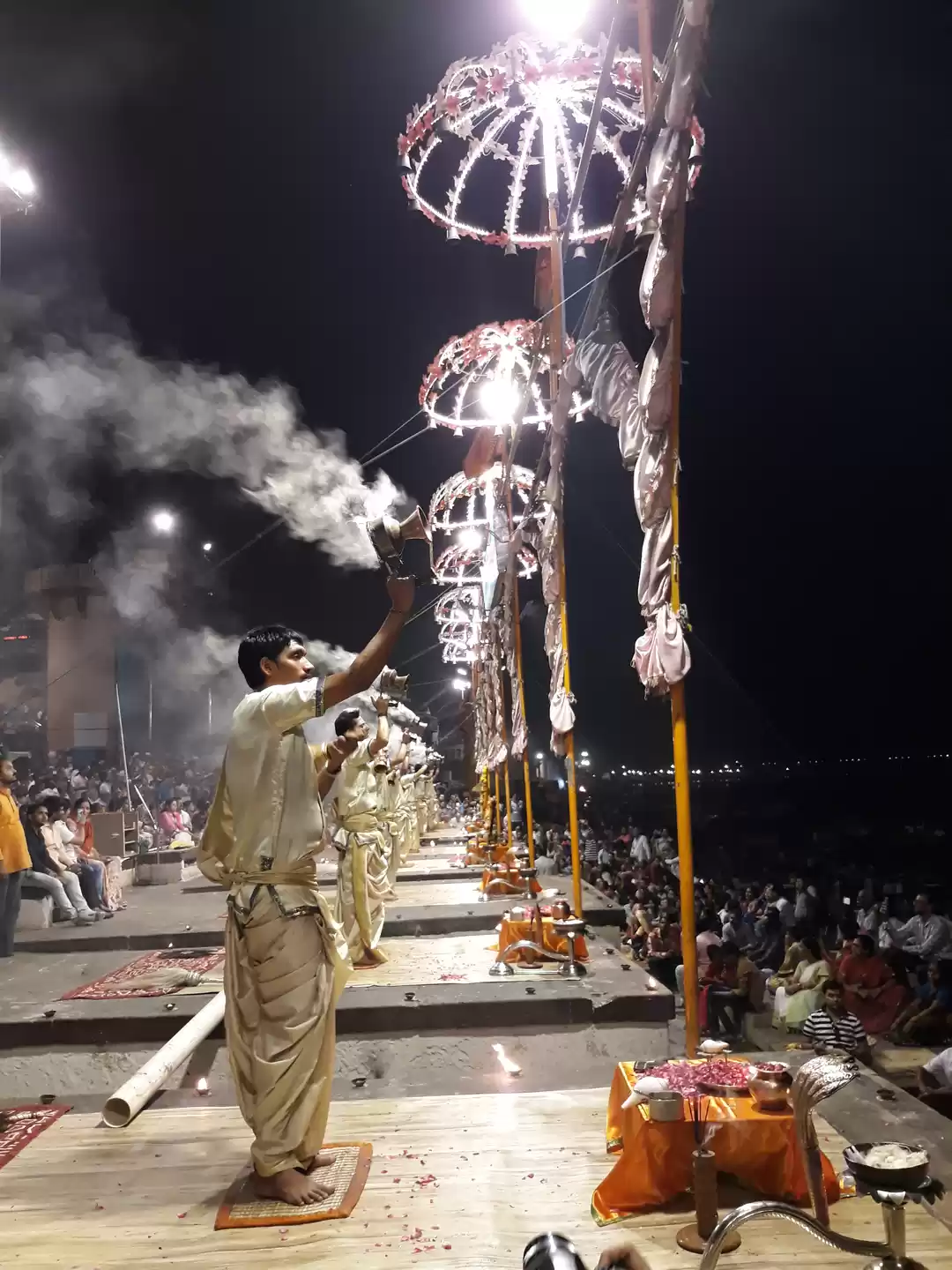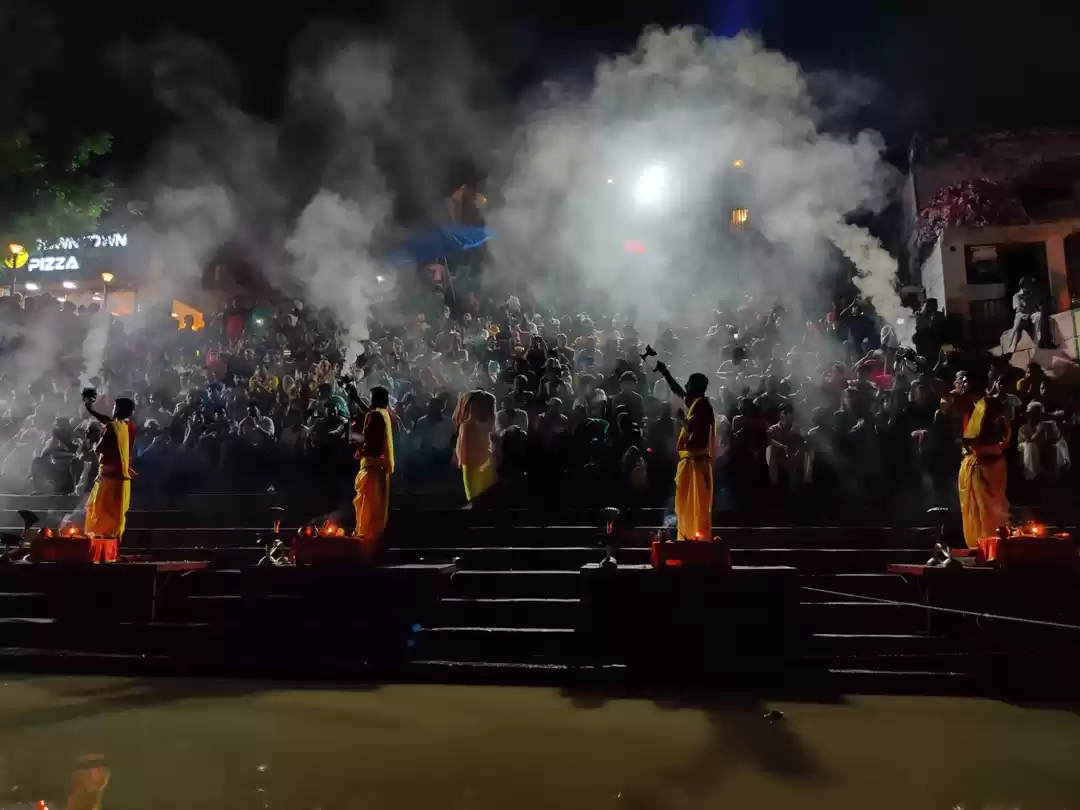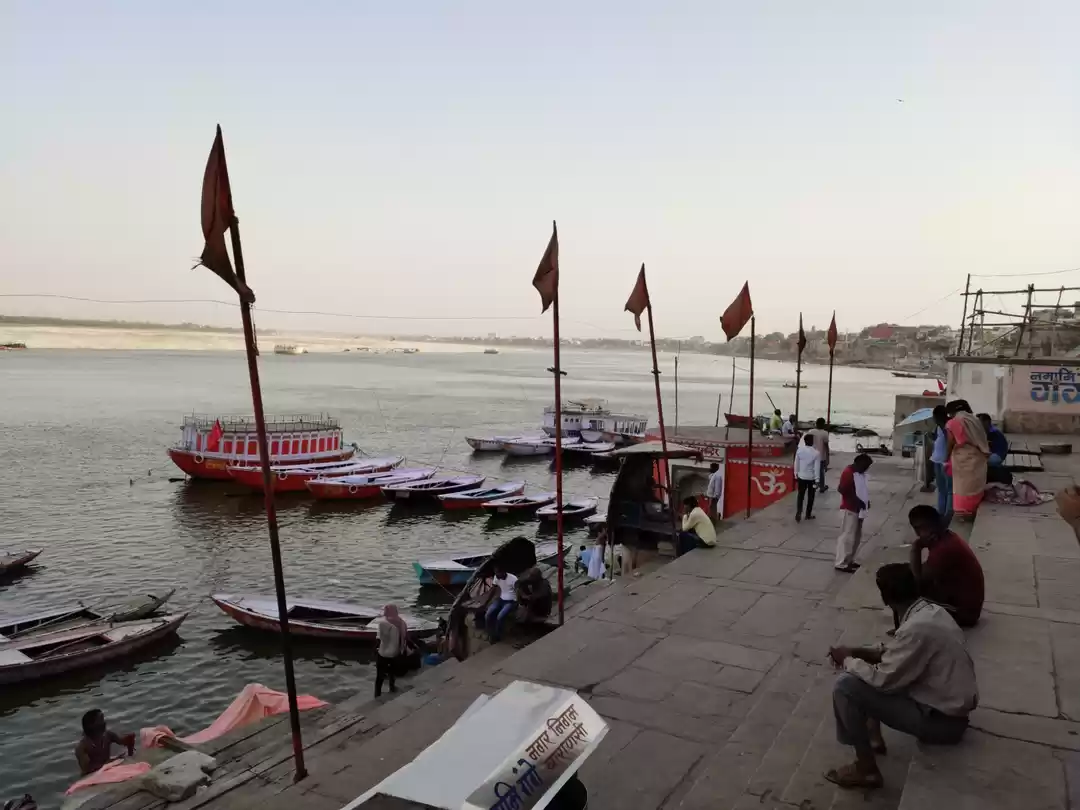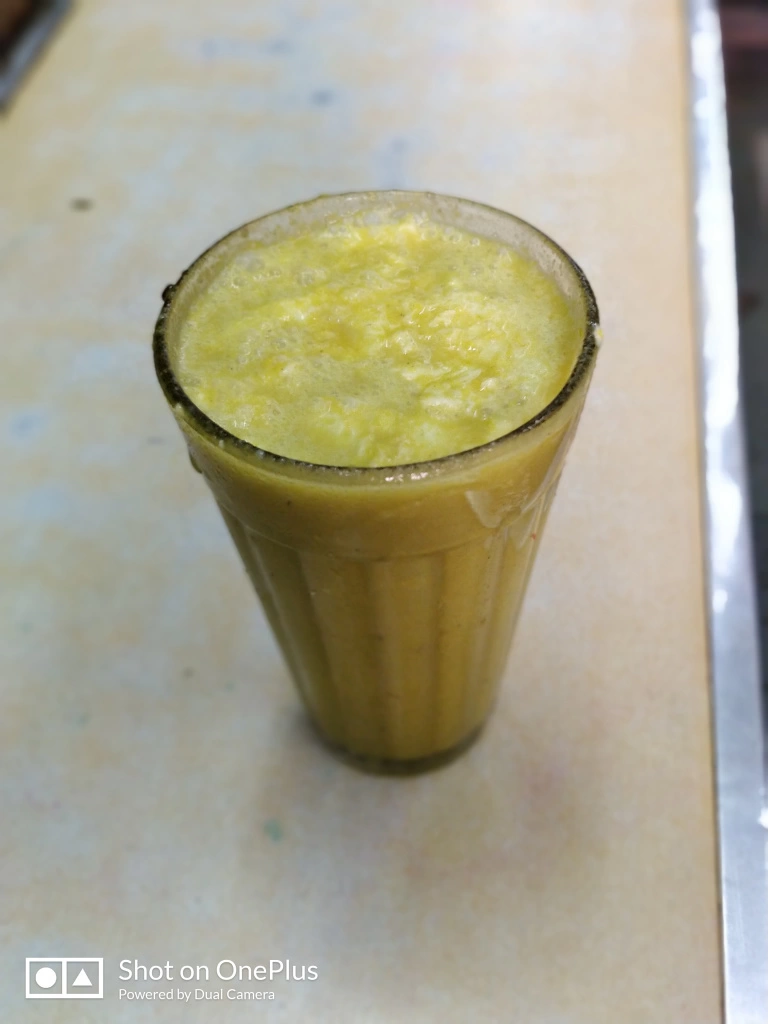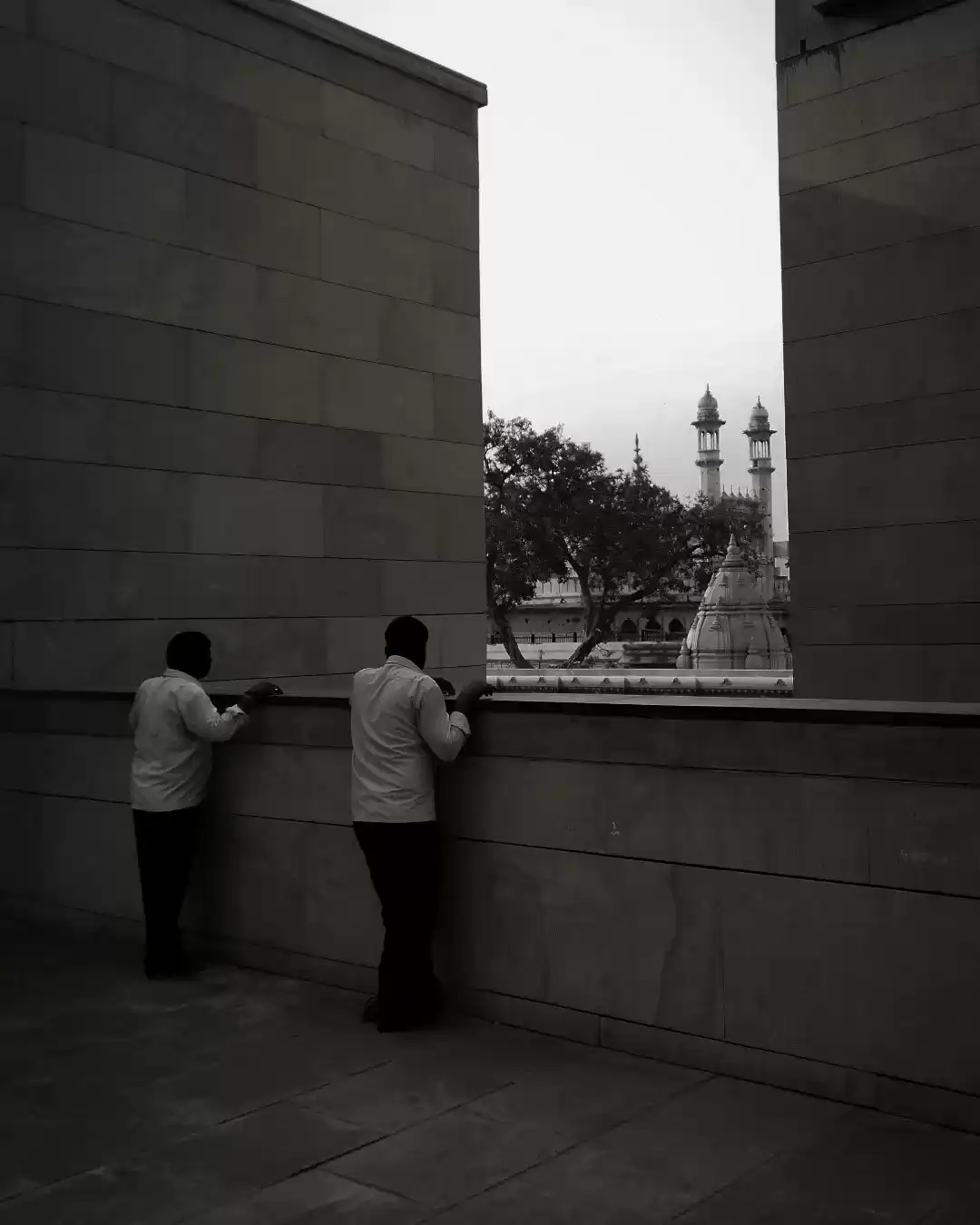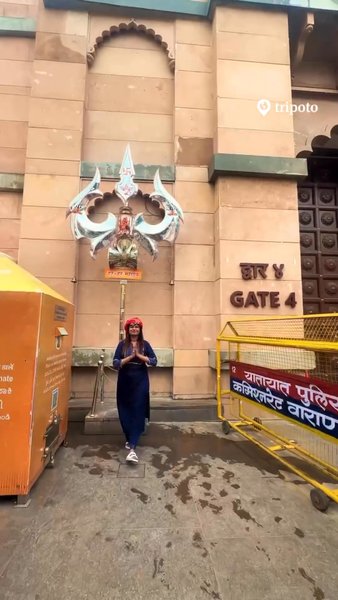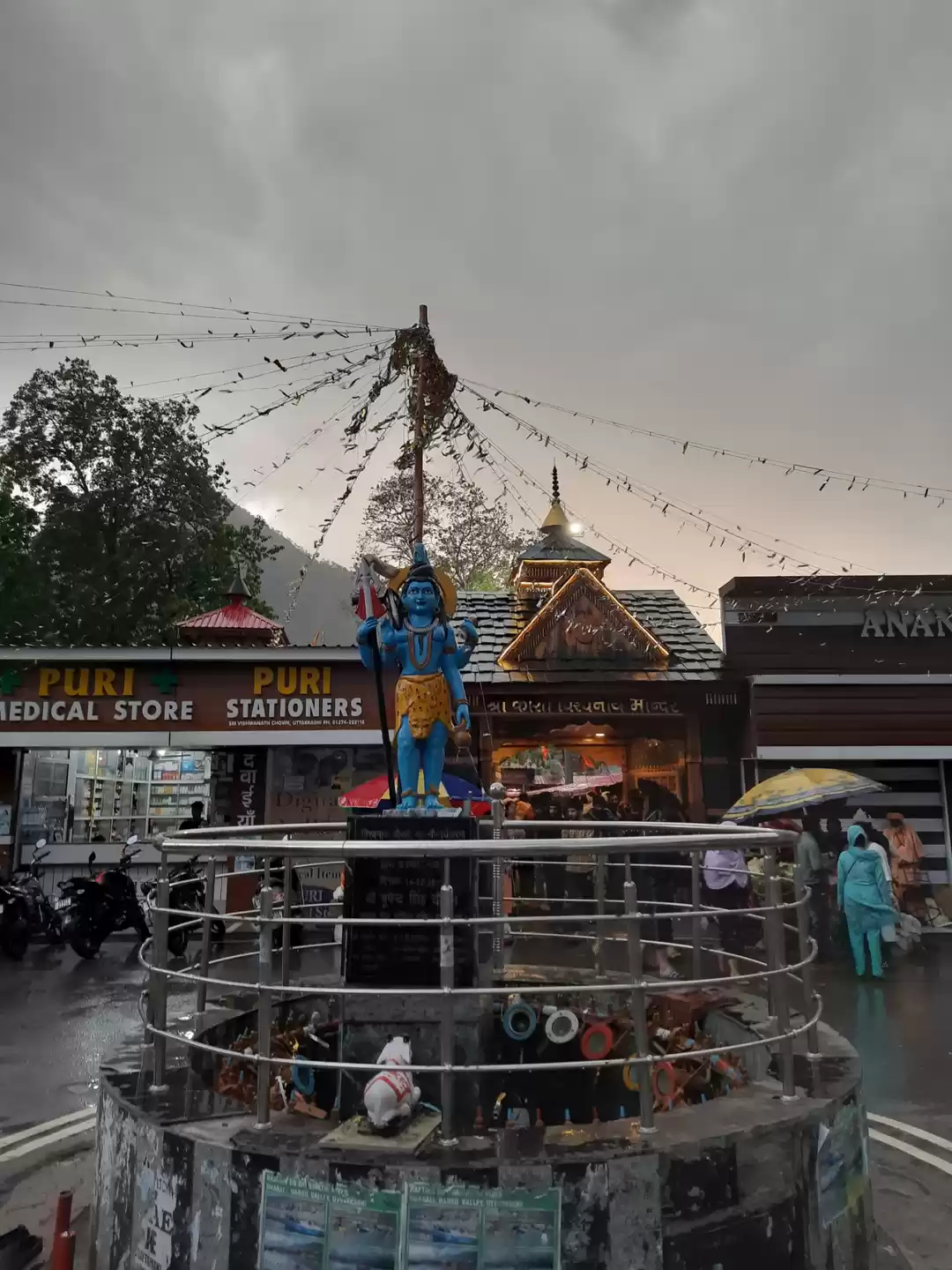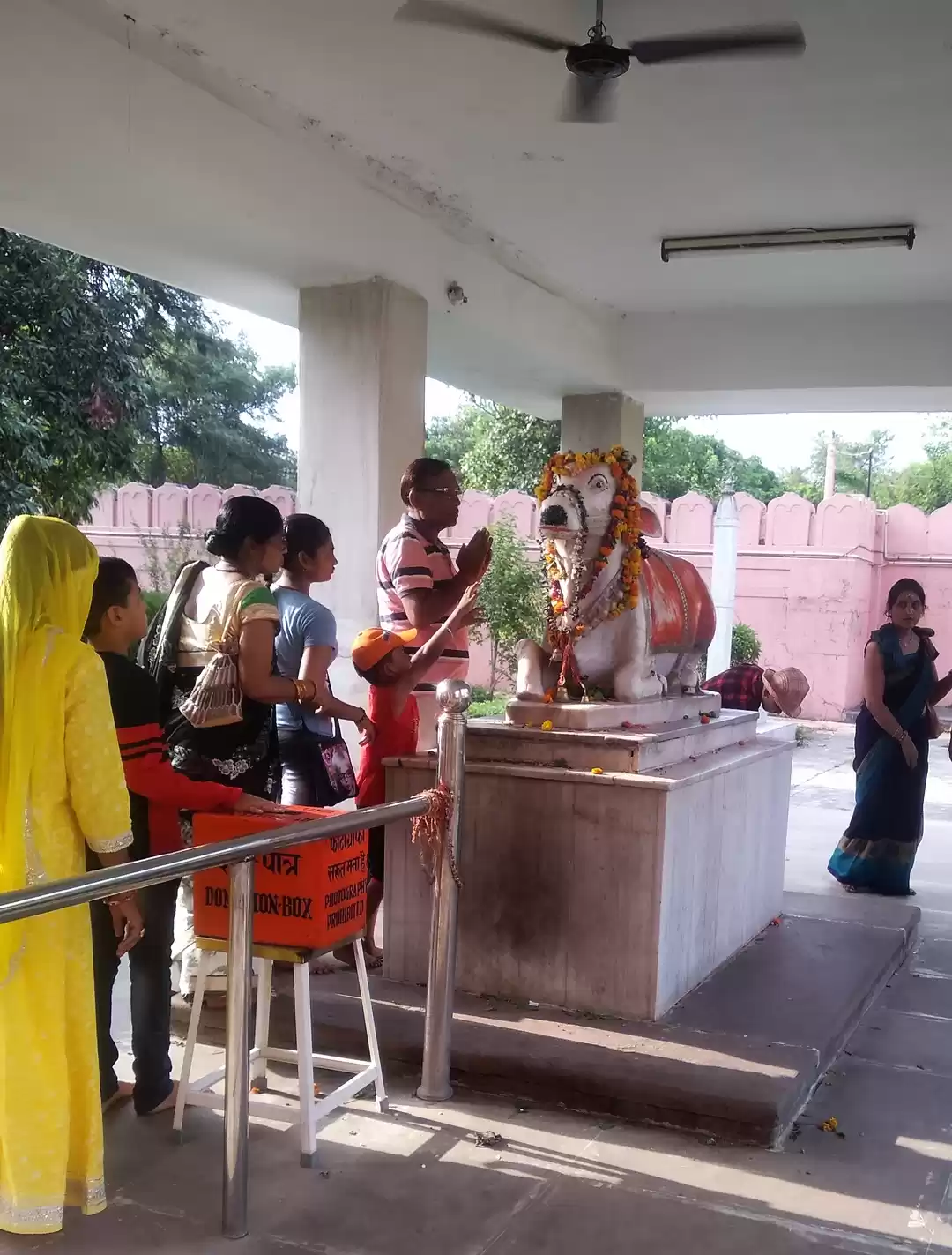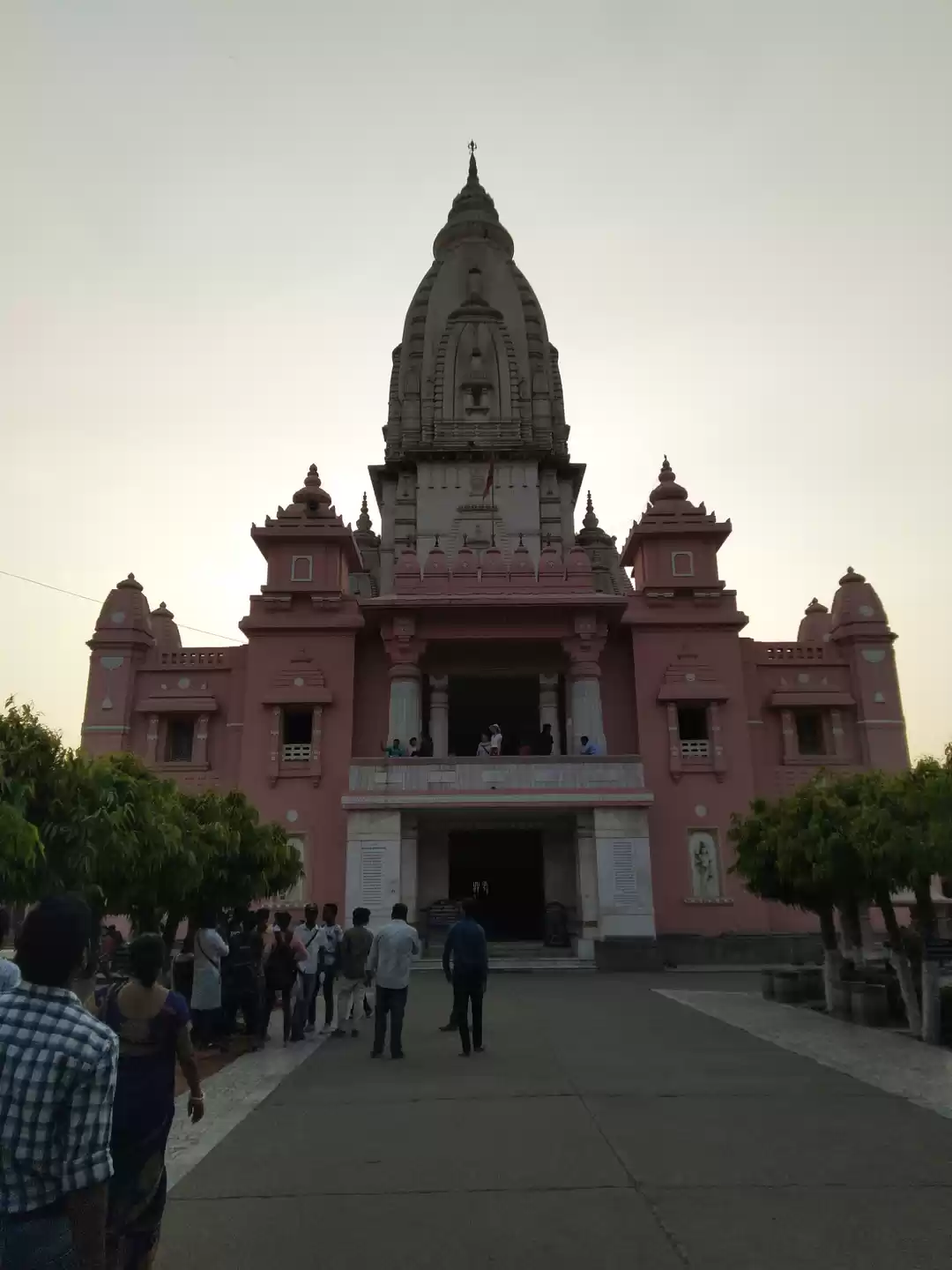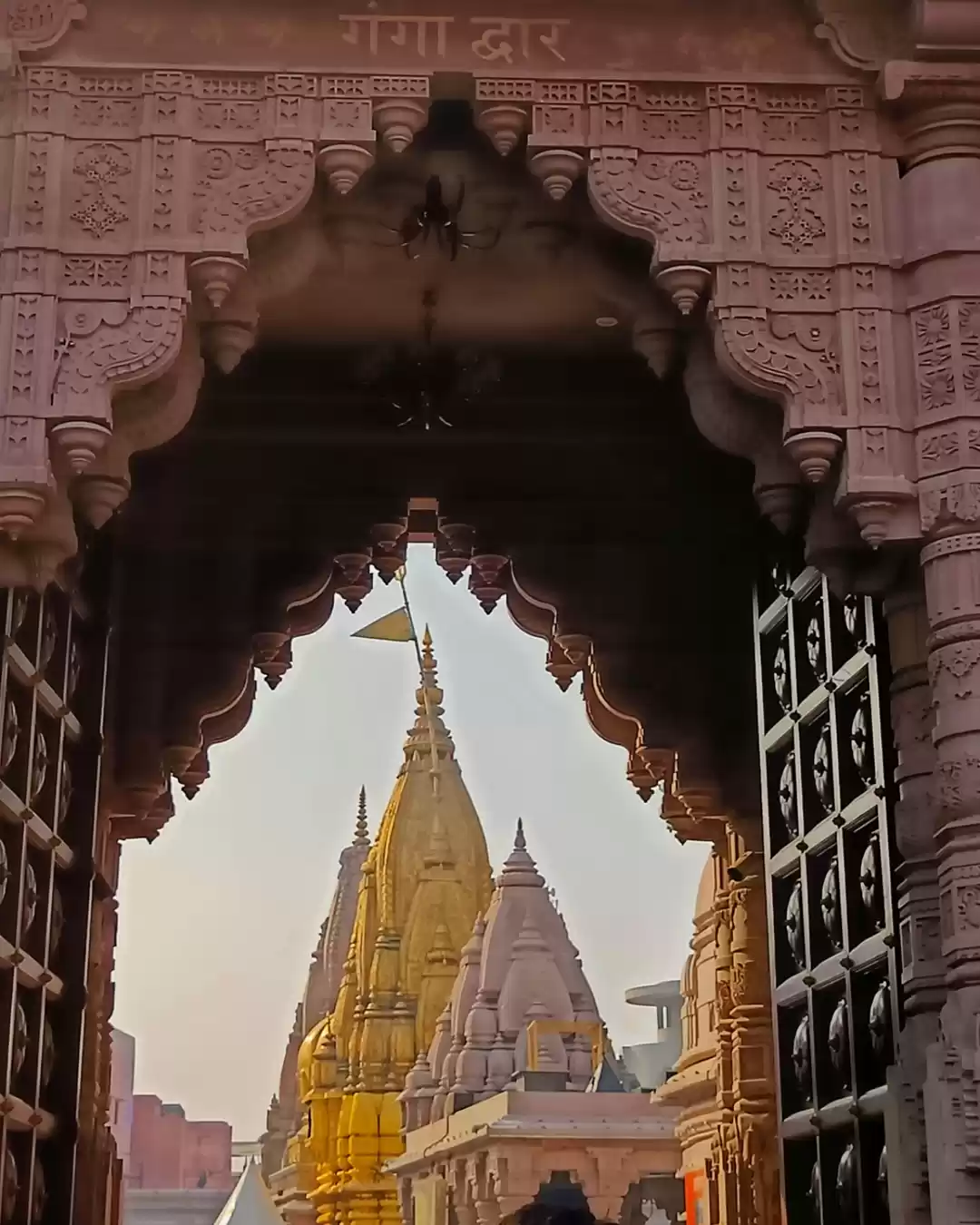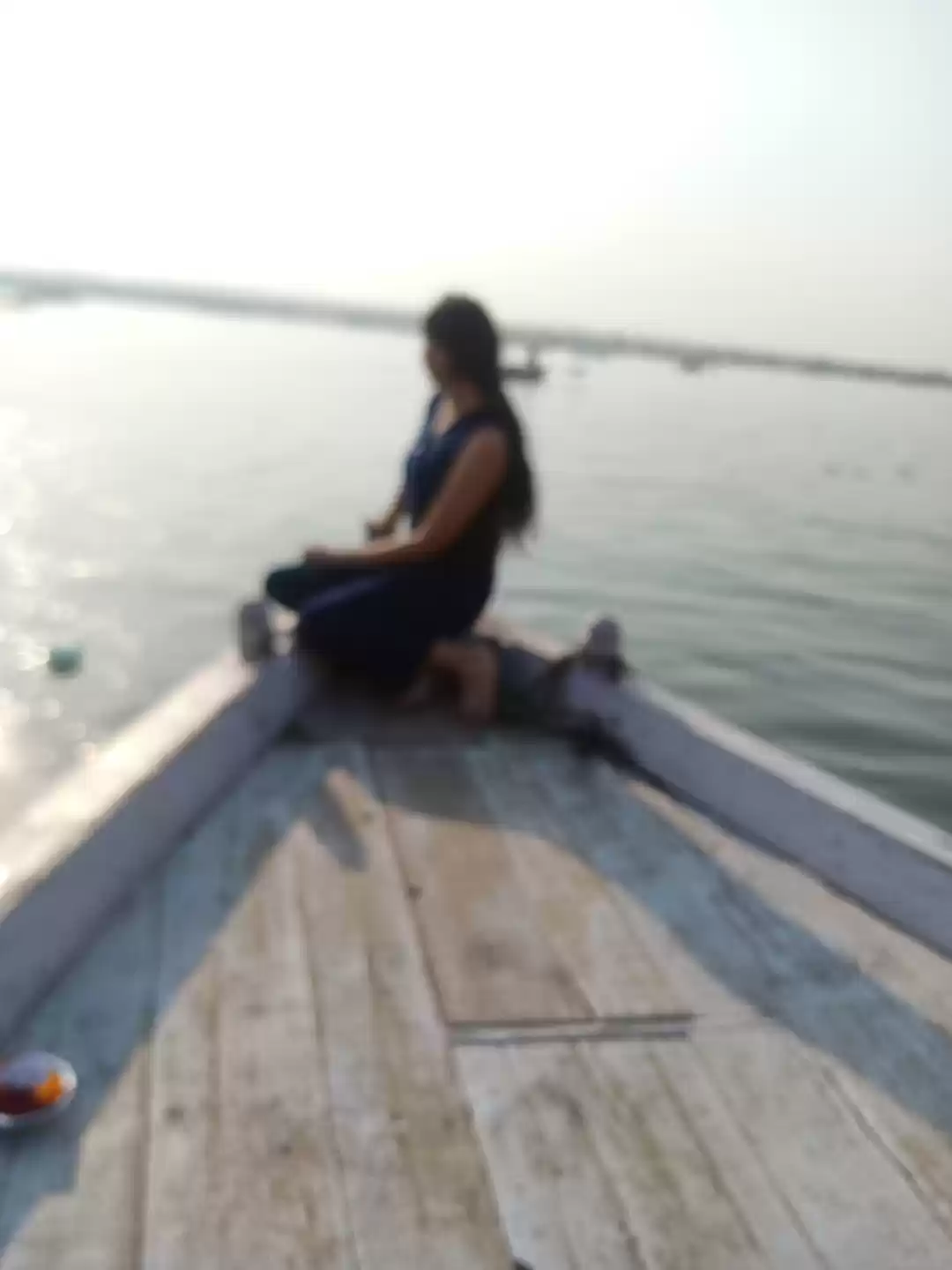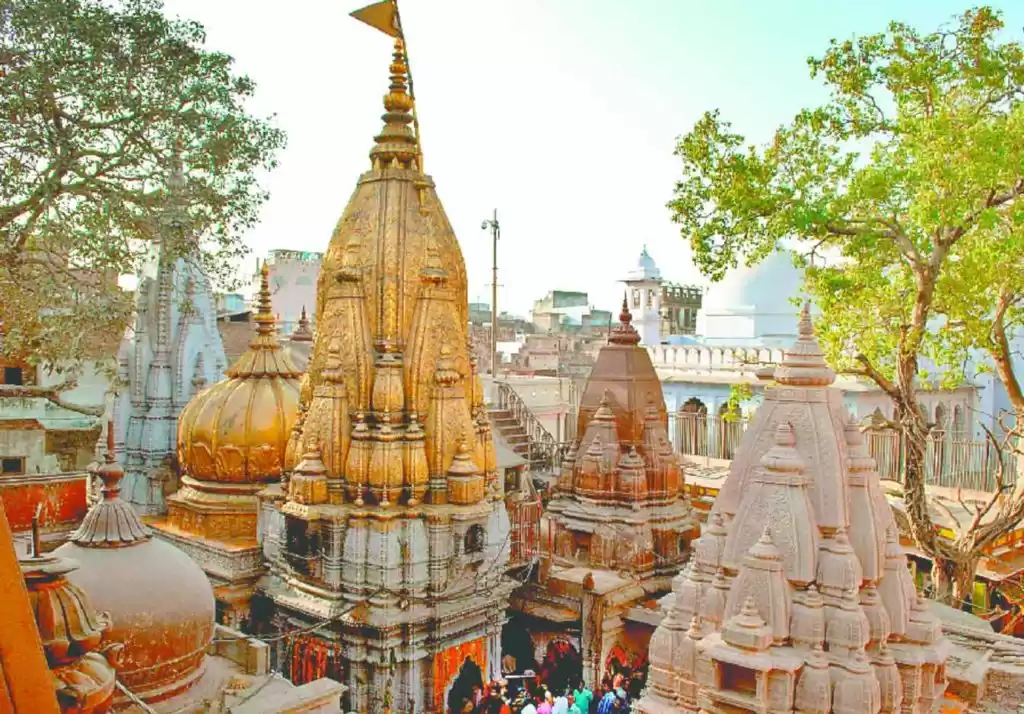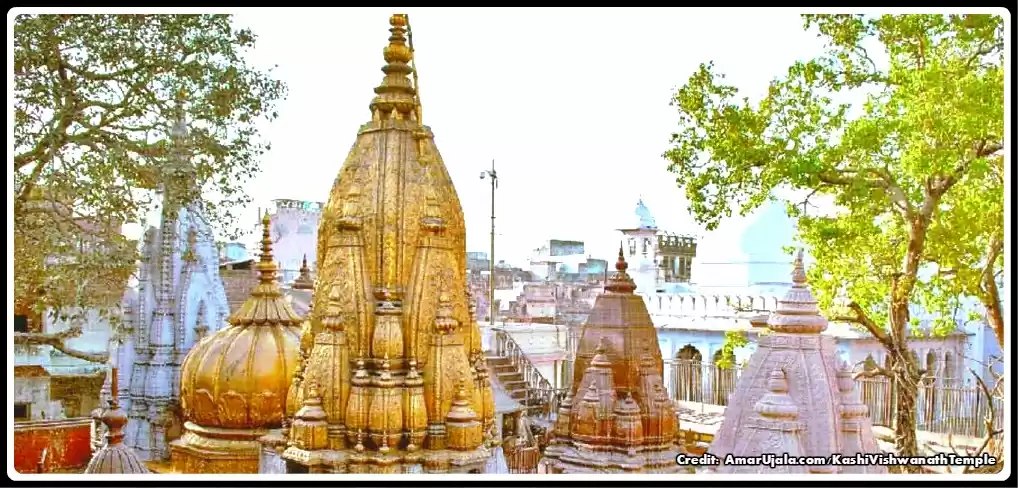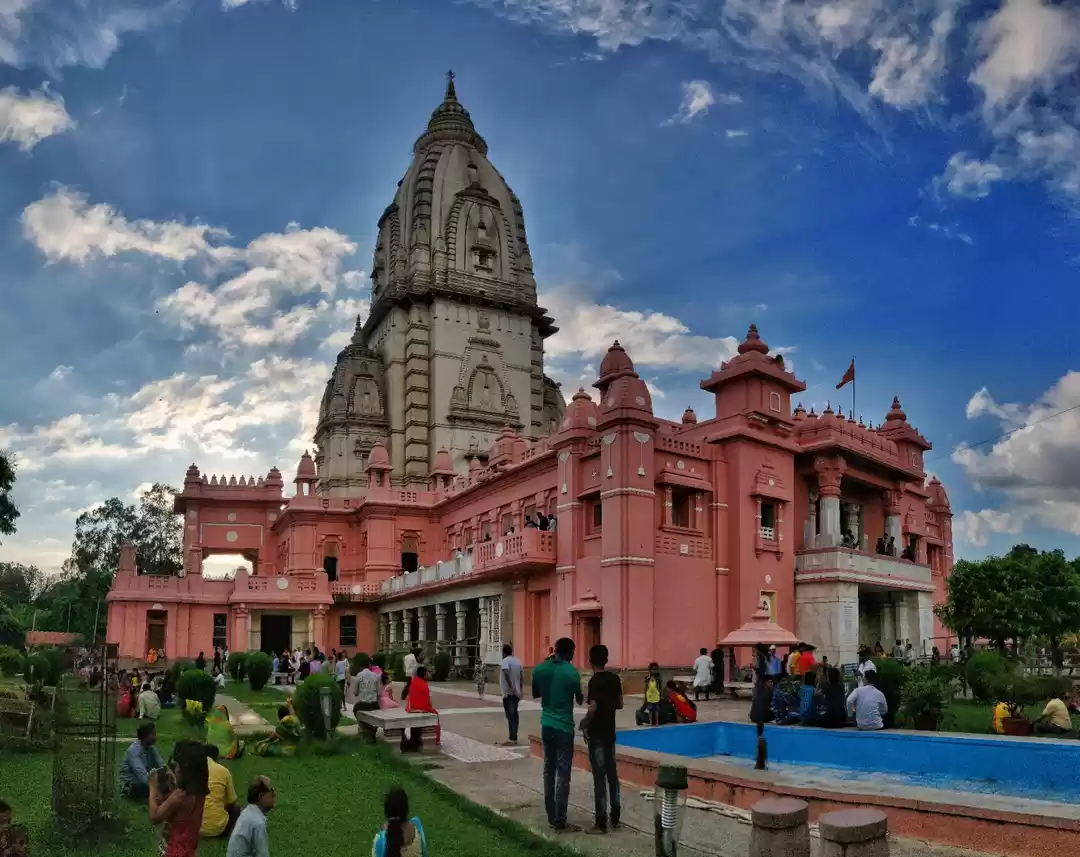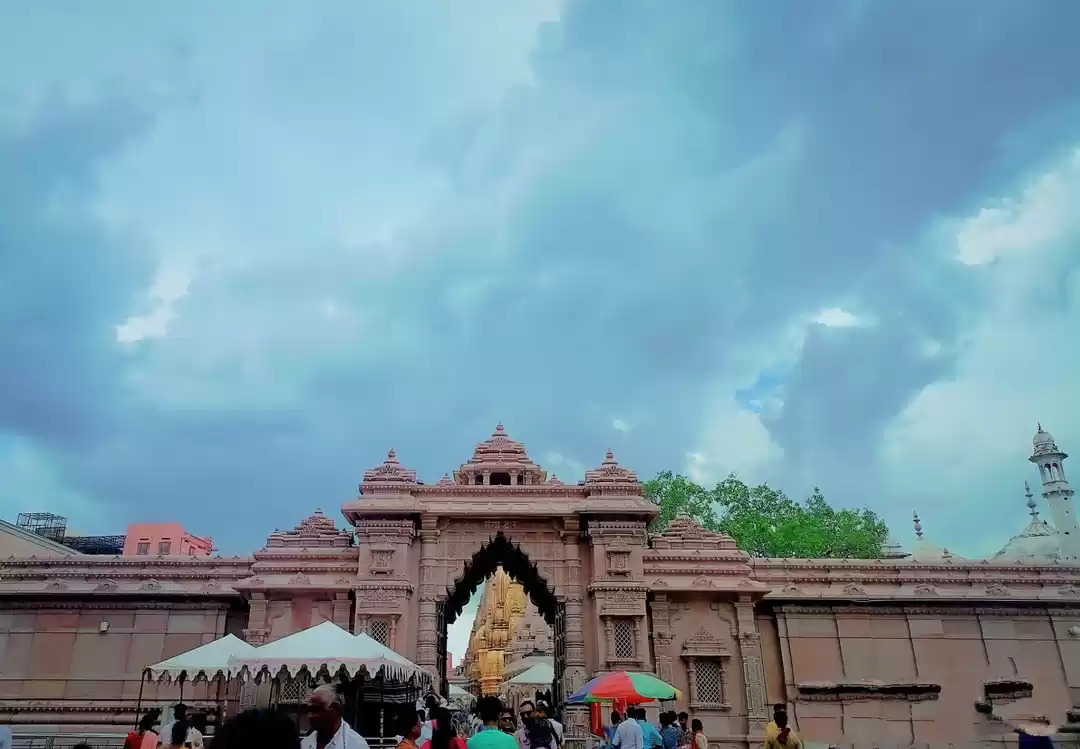Kashi Vishwanath Temple is one of the most sacred and revered shrines of Hinduism, dedicated to Lord Shiva, the destroyer and transformer of the universe. Located on the banks of the holy river Ganga in Varanasi, the temple is also known as the Golden Temple, due to its gold-plated domes and towers. The temple is one of the 12 Jyotirlingas, the manifestations of Lord Shiva, and is believed to grant salvation to those who visit it. The temple is also the cultural and spiritual center of Varanasi, the oldest living city in the world, and attracts millions of devotees and tourists every year.
In this article, we will explore the history, architecture, rituals, and attractions of Kashi Vishwanath Temple, and provide you with all the information you need to plan your visit and experience its spirituality.
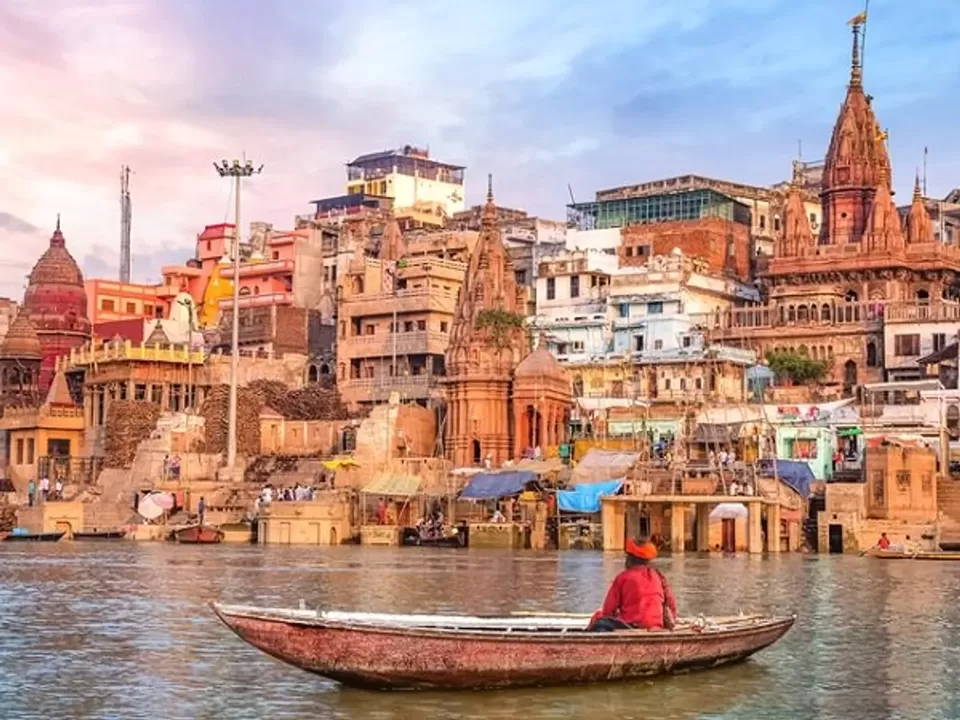
History of Kashi Vishwanath Temple
The history of Kashi Vishwanath Temple is as old and rich as the history of Varanasi itself, which is also known as Kashi, the city of light. According to legend, Lord Shiva and Goddess Parvati chose Kashi as their abode after their marriage, and the temple was built by them to house the Jyotirlinga, the radiant pillar of light that represents Lord Shiva's supreme power. The temple is also mentioned in the ancient scriptures, such as the Vedas, the Puranas, and the epics, as the most sacred and auspicious place for the worship of Lord Shiva.
The temple has witnessed several phases of construction and destruction over the centuries, as it was attacked and demolished by various invaders and rulers, and rebuilt and restored by different kings and devotees. The current structure of the temple dates back to 1780, when it was rebuilt by Queen Ahilyabai Holkar of Indore, after the previous temple was destroyed by the Mughal emperor Aurangzeb in 1669. The temple was also patronized by other rulers and dynasties, such as the Marathas, the Peshwas, the Scindias, and the Birlas, who contributed to its renovation and expansion. The temple also received donations of gold and silver from various sources, such as Maharaja Ranjit Singh of Punjab, who donated gold for the plating of the domes and towers in 1839.
The temple has also been visited by many famous saints and devotees, who have sung praises and composed hymns in honor of Lord Shiva and Kashi. Some of the notable names are Adi Shankaracharya, Ramanujacharya, Madhvacharya, Kabir, Tulsidas, Guru Nanak, Swami Vivekananda, and Mahatma Gandhi. The temple is also associated with many legends and miracles, such as the appearance of Lord Shiva in the form of a linga, the protection of the temple by the Jnana Vapi well, and the granting of boons and blessings to those who seek Lord Shiva's grace.
Architecture of Kashi Vishwanath Temple
The architecture of Kashi Vishwanath Temple is a blend of Hindu and Islamic styles, reflecting the history and culture of Varanasi. The temple covers an area of about 5 acres, and has three distinct parts: the Garbhagriha (sanctum sanctorum), the Mandapa (assembly hall), and the Sabha Griha (congregation hall). The temple has two main entrances: one from the Vishwanath Gali, the narrow lane that leads to the temple, and the other from the Manikarnika Ghat, the cremation ground on the river bank. The temple also has an exit gate, called the Kaal Bhairav Darwaza, which opens to the Jnana Vapi well.
The Garbhagriha is the innermost part of the temple, where the main deity, Lord Shiva, is enshrined in the form of a linga. The linga is made of black stone, and is about 60 cm tall and 90 cm in circumference. The linga is placed on a silver platform, and is covered with a silver canopy. The linga is also adorned with various ornaments, such as flowers, garlands, and jewels. The Garbhagriha is surrounded by a silver fence, and has four doors, each guarded by a Nandi (bull), the vehicle of Lord Shiva. The devotees can enter the Garbhagriha from the south door, and touch the linga as a part of the Sparsh Darshan (touching the deity). However, they have to follow a strict dress code, and wear only unstitched clothes, such as a dhoti or a sari.
The Mandapa is the middle part of the temple, where the devotees can sit and watch the rituals and ceremonies performed at the Garbhagriha. The Mandapa has a dome-shaped roof, supported by eight pillars, each decorated with intricate carvings and paintings. The Mandapa also has a silver throne, where the idol of Lord Shiva is placed during the festivals and special occasions. The Mandapa also has a small shrine of Lord Ganesha, the elephant-headed god and the son of Lord Shiva and Goddess Parvati.
The Sabha Griha is the outermost part of the temple, where the devotees can gather and chant the name of Lord Shiva. The Sabha Griha has a flat roof, supported by 40 pillars, each adorned with floral motifs and sculptures. The Sabha Griha also has a small shrine of Lord Hanuman, the monkey-god and the devotee of Lord Rama.
The temple also has several other features and attractions, such as the gold-plated domes and towers, the Jnana Vapi well, and the other temples within the complex. The domes and towers of the temple are covered with gold, which gives the temple its name, the Golden Temple. The gold plating was done by Maharaja Ranjit Singh of Punjab, who donated about 1 ton of gold for the purpose. The domes and towers are also embellished with various symbols and images, such as the trident, the crescent moon, and the snake, which represent Lord Shiva's attributes.
The Jnana Vapi well is a sacred well, located near the temple, which is believed to have been created by Lord Shiva himself. According to legend, when the temple was attacked by Aurangzeb in 1669, the priests hid the linga in the well, and placed a replica in the Garbhagriha. The well is also said to contain the knowledge and wisdom of Lord Shiva, and hence the name, Jnana Vapi, which means the well of knowledge. The well is also surrounded by a mosque, built by Aurangzeb, which is known as the Gyanvapi Mosque.
The temple complex also has several other temples and shrines, dedicated to different deities and saints. Some of the notable ones are:
- Avimukteshwara Temple: A temple dedicated to Lord Shiva, who is worshipped as Avimukteshwara, the lord of liberation. The temple is located near the Manikarnika Ghat, and is said to be the original site of the Jyotirlinga, before it was shifted to the present location.
- Vishalakshi Temple: A temple dedicated to Goddess Parvati, who is worshipped as Vishalakshi, the wide-eyed goddess. The temple is located near the Vishwanath Gali, and is one of the 18 Shakti Peethas, the places where the body parts of Goddess Sati fell, after she immolated herself.
- Annapurna Temple: A temple dedicated to Goddess Annapurna, the goddess of food and nourishment. The temple is located near the Vishwanath Gali, and has a silver idol of the goddess, holding a ladle and a pot of food. The temple also distributes free food to the poor and the needy every day.
- Kaal Bhairav Temple: A temple dedicated to Lord Kaal Bhairav, the fierce manifestation of Lord Shiva, who is the guardian and the protector of Kashi. The temple is located near the Kaal Bhairav Darwaza, and has a metal idol of the lord, holding a trident and a skull. The temple also offers liquor as a prasad to the lord, which is said to be consumed by him.
Rituals of Kashi Vishwanath Temple
The rituals of Kashi Vishwanath Temple are the expressions of devotion and reverence to Lord Shiva, who is the supreme lord of Kashi. The temple performs various rituals and ceremonies every day, as well as on special occasions and festivals, to please and worship the lord. The rituals are conducted by the priests, who follow the ancient scriptures and traditions, and use various items, such as flowers, milk, water, honey, and sandalwood, to offer to the lord. The devotees can participate and witness the rituals, and receive the blessings and prasad of the lord.
The main rituals of Kashi Vishwanath Temple are the aarti, the pooja, and the abhishek. The aarti is the ritual of waving lamps and incense in front of the lord, accompanied by the chanting of mantras and hymns. The pooja is the ritual of offering prayers and obeisance to the lord, accompanied by the recitation of verses and names. The abhishek is the ritual of bathing and anointing the lord, accompanied by the pouring of liquids and powders. The temple performs theseThe temple performs these rituals at different times of the day, and the devotees can book them online or offline, depending on their availability and preference. The timings, fees, and booking options for the rituals are as follows:
- Mangala Aarti: The first and the most important aarti of the day, performed before sunrise, between 3:00 AM to 4:00 AM. The devotees can witness the aarti from the Mandapa, and touch the linga after the aarti. The fee for the aarti is Rs. 300 per person, and the booking can be done online through the official website of the temple or offline at the temple office.
- Bhoga Aarti: The second aarti of the day, performed after sunrise, between 11:15 AM to 12:20 PM. The devotees can witness the aarti from the Mandapa, and touch the linga after the aarti. The fee for the aarti is Rs. 240 per person, and the booking can be done online through the official website of the temple or offline at the temple office.
- Sandhya Aarti: The third aarti of the day, performed in the evening, between 7:00 PM to 8:15 PM. The devotees can witness the aarti from the Mandapa, and touch the linga after the aarti. The fee for the aarti is Rs. 180 per person, and the booking can be done online through the official website of the temple or offline at the temple office.
- Shringara Aarti: The fourth aarti of the day, performed at night, between 9:00 PM to 10:15 PM. The devotees can witness the aarti from the Mandapa, and touch the linga after the aarti. The fee for the aarti is Rs. 180 per person, and the booking can be done online through the official website of the temple or offline at the temple office.
- Shayana Aarti: The fifth and the last aarti of the day, performed before the temple closes, between 10:30 PM to 11:00 PM. The devotees can witness the aarti from the Mandapa, and touch the linga after the aarti. The fee for the aarti is Rs. 180 per person, and the booking can be done online through the official website of the temple or offline at the temple office.
- Pooja: The ritual of offering prayers and obeisance to the lord, performed throughout the day, between 4:00 AM to 11:00 PM. The devotees can perform the pooja by themselves or by the priests, and offer various items, such as flowers, fruits, sweets, and clothes, to the lord. The fee for the pooja varies depending on the type and number of items offered, and the booking can be done online through the official website of the temple or offline at the temple office.
- Abhishek: The ritual of bathing and anointing the lord, performed throughout the day, between 4:00 AM to 6:00 PM. The devotees can perform the abhishek by themselves or by the priests, and use various liquids and powders, such as milk, water, honey, and sandalwood, to wash and adorn the lord. The fee for the abhishek varies depending on the type and quantity of liquids and powders used, and the booking can be done online through the official website of the temple or offline at the temple office.
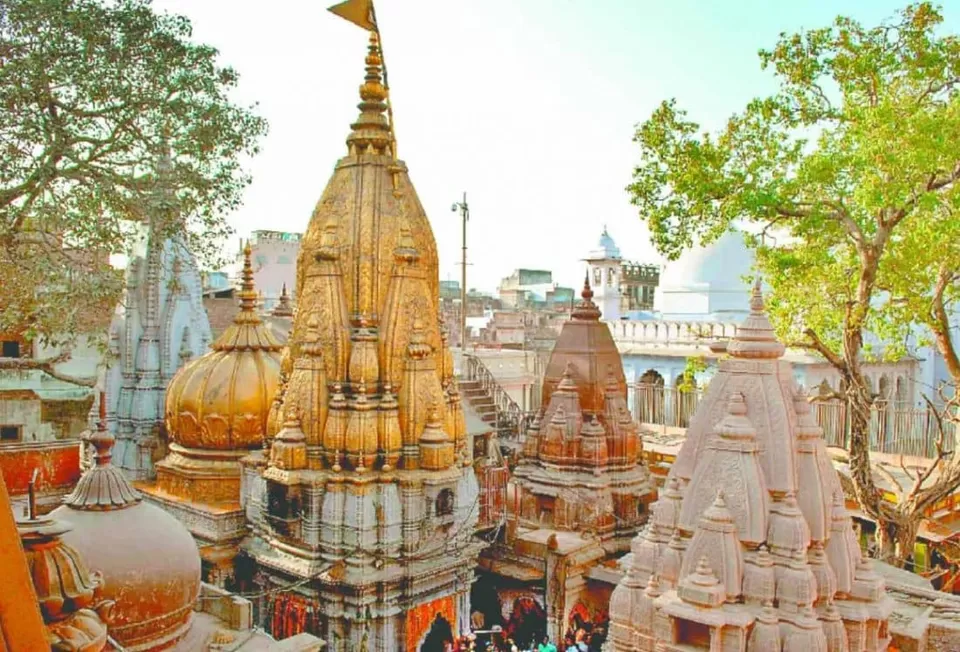
Attractions of Kashi Vishwanath Temple
The attractions of Kashi Vishwanath Temple are not limited to the temple itself, but extend to the surrounding areas, where the devotees can experience the culture and spirituality of Varanasi. The temple is located near the river Ganga, which is the lifeline and the soul of the city, and offers various activities and experiences for the visitors. Some of the attractions and activities near the temple are:
- Ganga Aarti: The spectacular and spiritual ceremony of worshipping the river Ganga, performed every evening, between 6:00 PM to 7:00 PM, at the Dashashwamedh Ghat, the main ghat near the temple. The ceremony involves the priests waving large lamps and incense in front of the river, accompanied by the chanting of mantras and hymns, and the ringing of bells and conches. The ceremony is a sight to behold, as the river glows with the reflection of the lamps and the fire, and the air fills with the fragrance and the sound of the worship. The devotees can witness the ceremony from the ghat, or from a boat on the river, and join the worship by offering flowers and lamps to the river.
- Ghats: The steps and platforms along the river Ganga, where the devotees can take a dip in the holy water, perform rituals and ceremonies, or simply enjoy the view and the atmosphere. There are more than 80 ghats in Varanasi, each with its own name and history, and each offering a different experience and perspective of the city. Some of the notable ghats are:
- Manikarnika Ghat: The oldest and the most sacred ghat in Varanasi, where the cremation of the dead takes place, and where the eternal flame of Lord Shiva is said to burn. The ghat is also the entrance to the temple from the river side, and is believed to grant liberation to those who die here.
- Assi Ghat: The southernmost ghat in Varanasi, where the river Assi meets the river Ganga, and where the poet-saint Tulsidas is said to have written the Ramcharitmanas, the epic poem on the life of Lord Rama. The ghat is also a popular spot for cultural and musical events, and for watching the sunrise and the sunset.
- Harishchandra Ghat: The second most important ghat in Varanasi, where the cremation of the dead takes place, and where the legendary king Harishchandra is said to have worked as a cremator to uphold his truth and duty. The ghat is also a symbol of courage and honesty, and is visited by many pilgrims and tourists.
- Kedar Ghat: A ghat dedicated to Lord Shiva, who is worshipped as Kedarnath, the lord of the mountains. The ghat has a temple of Lord Shiva, and a pond of red water, which is said to have healing properties. The ghat is also a place of meditation and yoga, and is frequented by many sadhus and yogis.
- Chet Singh Ghat: A ghat named after the ruler of Banaras, Chet Singh, who built a fort and a palace on the ghat in the 18th century. The ghat is also the site of a historical battle between Chet Singh and the British governor-general Warren Hastings, who tried to capture the fort and the city. The ghat is also a place of art and culture, and hosts many exhibitions and festivals.
- Food: The local and regional cuisine of Varanasi, which is a mix of flavors and spices, and reflects the diversity and history of the city. The food of Varanasi is mainly vegetarian, as it is influenced by the Hindu and Jain traditions, and is known for its sweets and snacks, which are popular and famous across the country. Some of the specialties and varieties of the food of Varanasi are:
- Kachori Sabzi: A breakfast dish of deep-fried bread stuffed with lentils or potatoes, served with spicy potato curry and chutney.
- Banarasi Chaat: A snack dish of various fried and boiled items, such as potatoes, chickpeas, yogurt, and sev, topped with sweet and tangy sauces and spices.
- Banarasi Thandai: A refreshing drink of milk, almonds, pistachios, saffron, and spices, served cold and sometimes with cannabis, which is a part of the Shiva worship.
- Banarasi Paan: A mouth-freshener and digestive of betel leaf, areca nut, lime, and various sweet and savory fillings, which is a part of the culture and tradition of Varanasi.
- Banarasi Sweets: A dessert dish of various milk-based and flour-based sweets, such as rabri, malaiyo, jalebi, laddoo, and peda, which are rich and delicious.
- Markets: The narrow lanes and shops near the temple, where the devotees can buy and sell various products and items, which are unique and characteristic of Varanasi. The markets of Varanasi are colorful and chaotic, and offer a glimpse of the life and economy of the city. Some of the products and items that can be found in the markets of Varanasi are:
- Banarasi Saree: A traditional and elegant attire of women, made of silk or cotton, and woven with gold or silver threads, which depict various patterns and motifs, such as flowers, animals, and deities.
- Banarasi Carpets: A fine and exquisite art of weaving woolen or silk carpets, which display intricate and elaborate designs and colors, and are influenced by the Persian and Mughal styles.
- Banarasi Woodwork: A skilled and delicate craft of carving and painting wood, which create various objects and souvenirs, such as toys, boxes, idols, and masks, which reflect the culture and religion of Varanasi.
- Banarasi Metalwork: A proficient and sophisticated technique of molding and shaping metal, which- Metalwork: A proficient and sophisticated technique of molding and shaping metal, which create various objects and souvenirs, such as lamps, bells, utensils, and jewelry, which are made of brass, copper, or silver.
Conclusion
Kashi Vishwanath Temple is a place of immense faith and devotion, where the devotees can feel the presence and the power of Lord Shiva, and attain peace and salvation. The temple is also a place of culture and heritage, where the visitors can witness the history and the diversity of Varanasi, and enjoy its attractions and activities. The temple is a must-visit destination for anyone who wants to experience the spirituality and the beauty of India, and discover the essence and the mystery of Kashi.



























